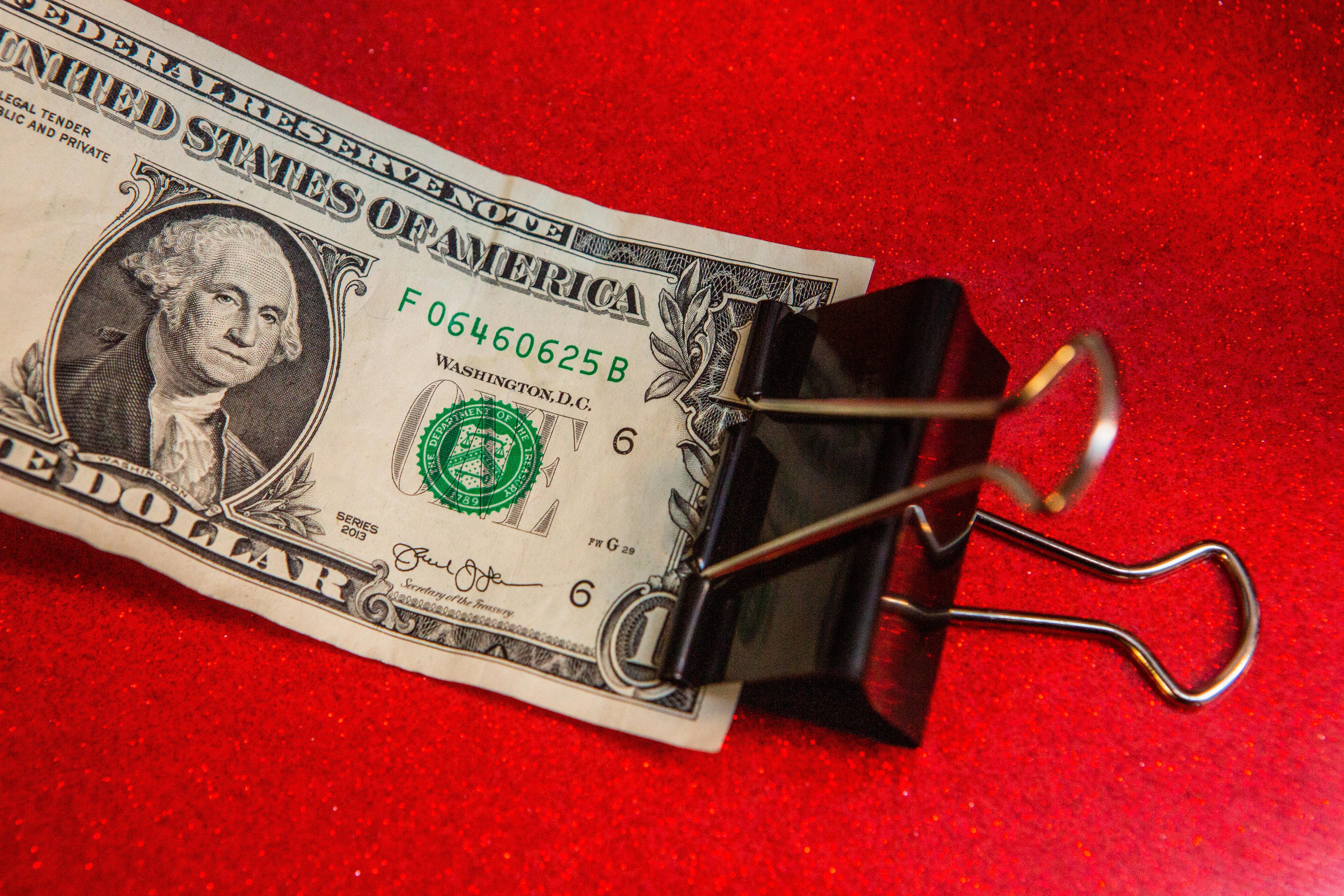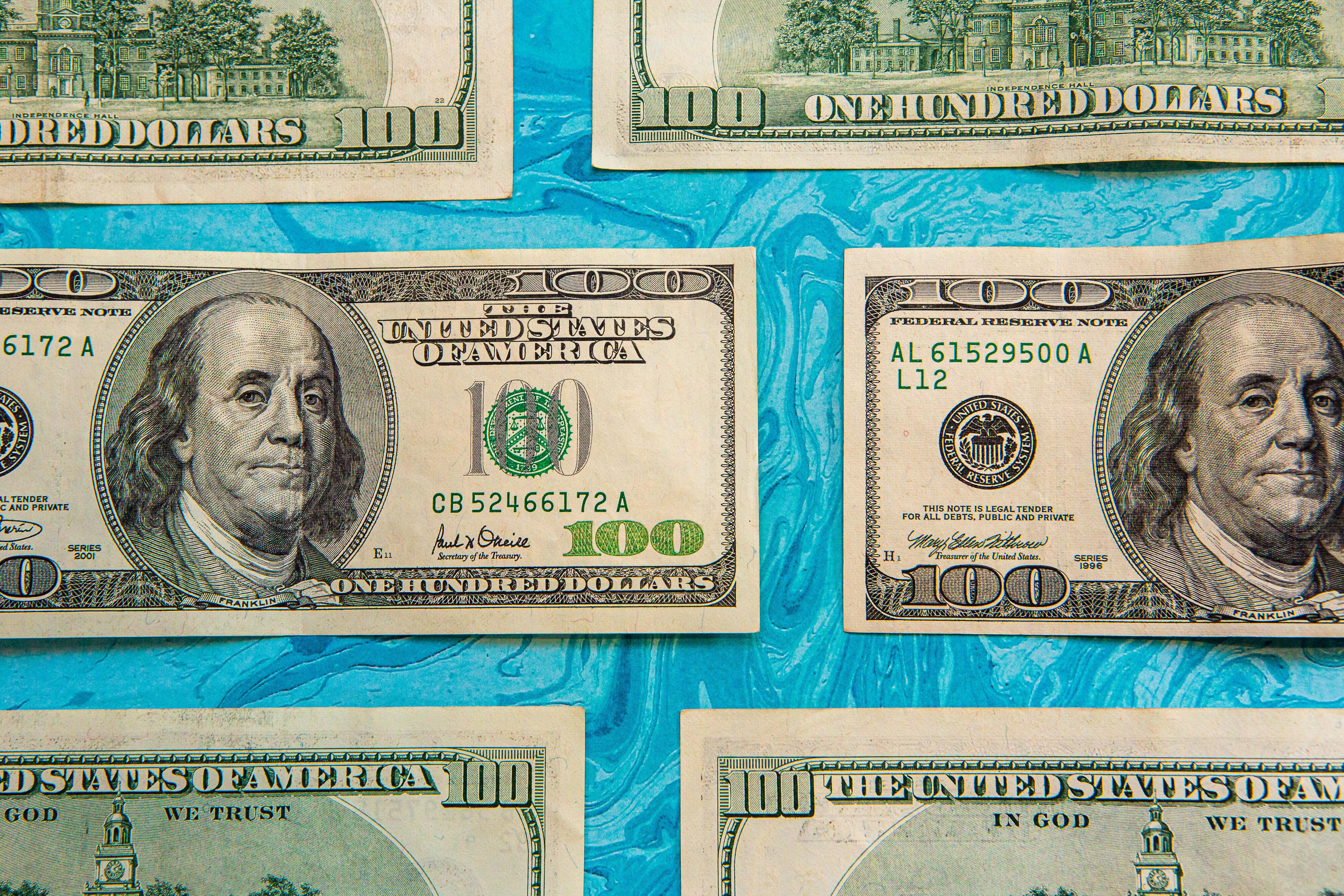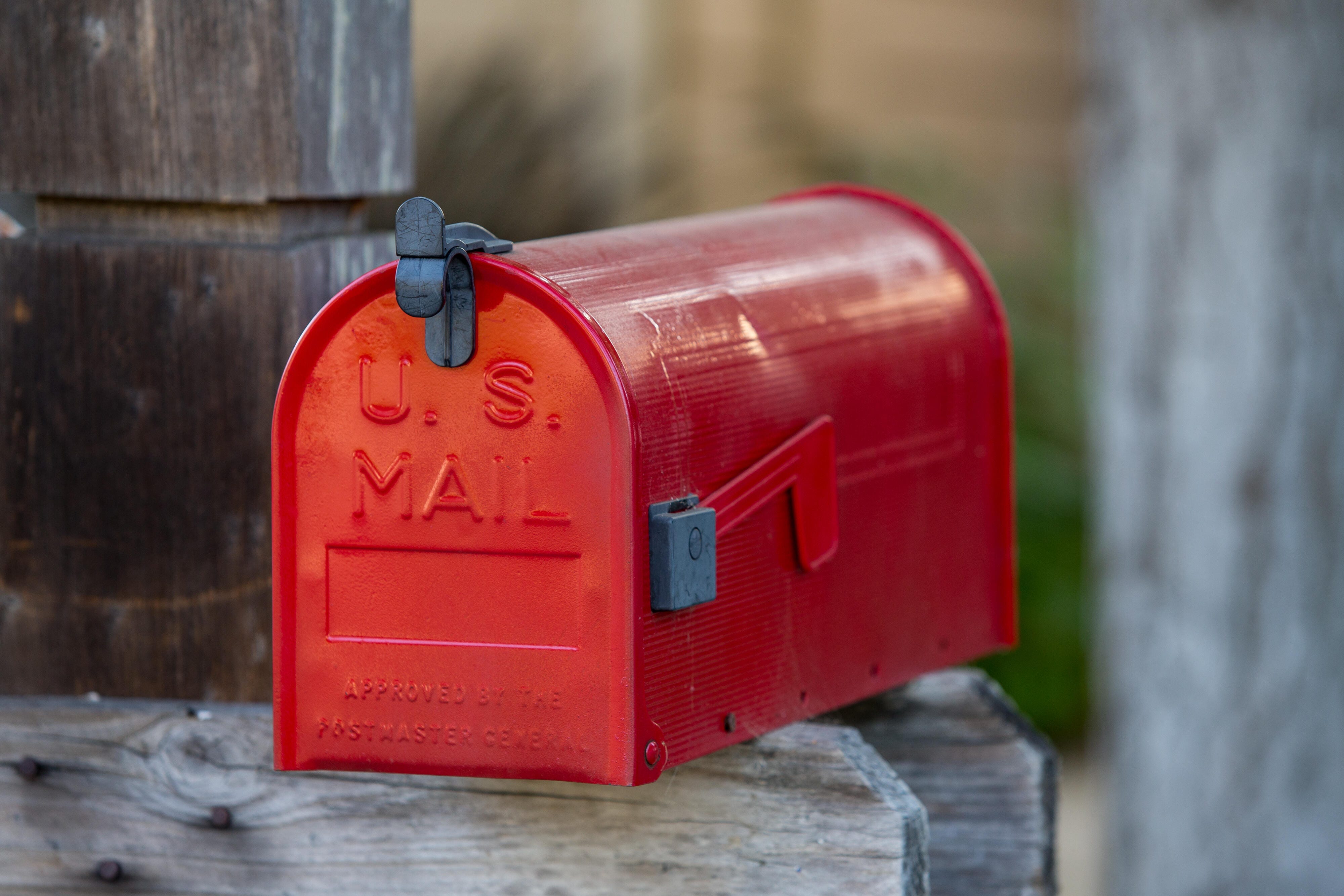
Third stimulus check delivery is well underway. What does it mean if your payment still hasn't arrived? And what can you do about it?
Sarah Tew/CNETWith nearly 30 million stimulus checks expected to be on the way soon, your stimulus check of up to $1,400 may be going out shortly. But what if the IRS tracking tool says it should've arrived by now? What if you received a check, but the amount is smaller than you thought? What if the check never arrives?
First, March 24 was the cutoff if you were expecting your payment via direct deposit. Now all stimulus money is routing through the mail as a paper check or EIP debit card (track it with the USPS). Second, qualification details differ by groups, so if you're an older adult, a younger adult, a nonfiler or someone who receives SSI, SSDI or veteran's benefits, there might be more information to know. In addition, If you had a baby, claim newly qualified dependents or are part of a mixed-citizenship status family, that could make a difference, too, especially checks going out during tax season complicates the calculation process further.
We'll tell you a few reasons your third stimulus payment is being held up, and how to report a problem with your check (the IRS doesn't want you to call). We also have guides on how to claim a missing payment and what we've heard so far about a fourth stimulus check. Here are all the ways you could get more money back on your taxes this year, and how families with kids could get a child tax credit for up to $3,600 per qualified child. This story was recently updated.
Your stimulus check was sent to the wrong bank account
The problem: You signed up for direct deposit, but your check didn't arrive. Why? It's possible that your stimulus payment went to the wrong bank account. Maybe your account was closed, or an electronic transfer attempt was made for a temporary bank account, like one used on behalf of millions of people who used a tax preparer like Jackson Hewitt, TurboTax and H&R Block. Although this latter issue hasn't been widely reported, it affected the first and second payments.
What to do: Reach out to your bank or tax preparer to see if an attempt was made to deposit money to your account. Ask if they have an internal protocol to file a report or follow up with a representative who can help.
What next? If you don't get a direct deposit by March 24 (the official date), then your stimulus payment will arrive in the mail. Here's how to track the payment to your mailbox. The IRS is not allowing individuals to register for new direct deposit accounts or correct inaccuracies. If your third stimulus check never arrives, here are all the ways you can try to resolve the issue.
Did you sign up for a direct deposit when you filed your 2020 taxes?
The problem: You filed your 2020 taxes and signed up for direct deposit for the first time or corrected your banking information, but the IRS didn't transfer stimulus funds into your account by March 24.
Why? It may be that the IRS didn't process your tax return and information before it sent your third stimulus payment.
What now? Track your 2020 tax return to see what your status is. If your direct deposit doesn't trickle in a few days past the March 24 due date, you'll want to keep an eye on the mail for a paper check or EIP debit card. Also use the IRS check tracking tool to see when your stimulus payment is scheduled to send.
The IRS doesn't have your current address
The problem: You moved in 2020 and the IRS (and maybe USPS) doesn't know your new address. Or, you were receiving Social Security benefits on a Direct Express card (PDF), recently closed your account and the IRS doesn't have your correct address to reissue the payment as a paper check or EIP debit card.
Why it matters: If you got direct deposit but you need to claim additional stimulus make-up money later and you didn't get the confirmation letter the IRS sends to recipients, you'll have to jump through more hoops later on. Or, if you're waiting for your stimulus check in the mail, you might have to keep waiting, if there's an issue with forwarding. Similarly, if you closed a Direct Express account and the IRS doesn't have your current address, it won't know how to route your payment.
What next? If you think you're getting a mailed payment, let the IRS and USPS know ASAP what your new mailing address is. If your check won't be processed right away, you may have enough time. Otherwise, you may need to file for a catch-up payment later in 2021 or even a year from now during tax season in 2022.
USPS delays have your check stalled
The problem: The IRS is currently sending a second batch of 15 million paper checks and 5 million EIP debit cards in the mail. But a delay in the postal service could cause some payments to lag.
What to do: Your best bet is to track your payment online with the IRS and sign up for Informed Delivery with the USPS. This free service scans your mail and lets you track when each envelope or package is delivered. Make sure you know what the paper check or EIP debit card looks like so you don't accidentally throw it away.
What next? If your check doesn't arrive after a few weeks, you may want to brush up on your options alerting the IRS. Unlike with the first check, the agency is not welcoming phone calls, but you have some moves, including filing a payment trace.
You got some -- but not all -- of your stimulus money
The problem: You received a stimulus check, but the math doesn't seem to work out. Are you missing money? It might be that the IRS owes you more money based on your 2020 tax return (including your AGI) but paid you based on 2019 or the latest information it had. Maybe the agency didn't know about a new dependent, or there was a calculation error.
What to do: Use our stimulus calculator to estimate how much money you might be owed. The IRS tracking tool doesn't provide that level of information, but the letter the IRS sends you does. If there's a big difference between the amount you think you should get and the total you did get, it might mean you'll be able to claim more stimulus money in 2021 or 2022.
What next? First, keep that letter for your tax records. You'll need it later. Next, keep alert for new information about how to file for a make-up payment. If the IRS thinks it sent you your total, but you didn't get a check at all, you may need to file for a payment trace.

Mail delays with the USPS could hold up the arrival of your stimulus check payment.
Sarah Tew/CNETYour payment might've been garnished
The problem: Could it be your money was garnished by private debt collectors? The first check was susceptible to seizure of many varieties, including if you owed past-due child support payments. The latter wasn't true for the second payment, except in cases where recipients didn't get a check and need to claim a Recovery Rebate Credit on their taxes. For the third check, private debt collectors are able to confiscate your stimulus payment.
What to do: If you think there's been a seizure or a mistake, you'll need to start by reaching out to your bank or credit union. You may have a small window of time to put a hold on the seizure.
Did you happen to accidentally throw away the envelope containing your payment?
The problem: With the first payment, some people reported accidentally throwing out the envelope containing their check, not recognizing that it contained a stimulus payment.
What to watch for: Pay attention to the mail and don't assume it's all junk. We recommend tracking your USPS letters for a heads up on what's being delivered. For a paper check, watch for a white envelope sent from the U.S. Department of the Treasury. The memo field will read "Economic Impact Payment."
A prepaid EIP debit card will come in a white envelope with a seal of the U.S. Department of the Treasury. Once you open the envelope, the card itself will say Visa on the front and haveMetaBank, N.A., the name of the bank, on the back. The envelope will include details on how to activate the Economic Impact Payment.
What next? You can cash the check right away, but the 5 million EIP card recipients will need to activate the card first. The checks will expire after a year.

If you've moved, let the IRS and USPS know.
Angela Lang/CNETYou may have fallen victim to a scam
The problem: You think someone swiped your stimulus check, or stole personal and sensitive information while posing as a government agency contacting you about your direct payment.
What to do: We have a guide for how to guard against and report these attacks. Remember that the IRS is sending a confirmation letter to let you know that it sent you a check and for how much.
You weren't eligible to receive the third stimulus check this time
The problem: New income limits to your AGI mean that some people who qualified to get the first two payments aren't eligible to receive the third check. If you get a stimulus check for 2019 for more money than you're eligible to receive for your 2020 taxes, you don't need to return the money (in most cases). If your 2020 taxes mean you qualify for more money than you get, you'll be able to claim a make-up payment.
What to do: Brush up on the stimulus check requirements, including by calculating your stimulus check total. Then, compare this figure to what you actually receive. A new change this time around means that if your income is over the limit, you won't get a partial check -- no matter how many dependents you have.
As you try to discover the status of your stimulus check, here's what we know about who qualifies, how much you could expect and every tax break or payment you could get in the stimulus bill.
"payment" - Google News
March 30, 2021 at 02:00AM
https://ift.tt/39ncexm
Hey IRS, where is my third stimulus check? 9 possible payment problems and what to do - CNET
"payment" - Google News
https://ift.tt/3bV4HFe
https://ift.tt/2VYfp89
Bagikan Berita Ini















0 Response to "Hey IRS, where is my third stimulus check? 9 possible payment problems and what to do - CNET"
Post a Comment